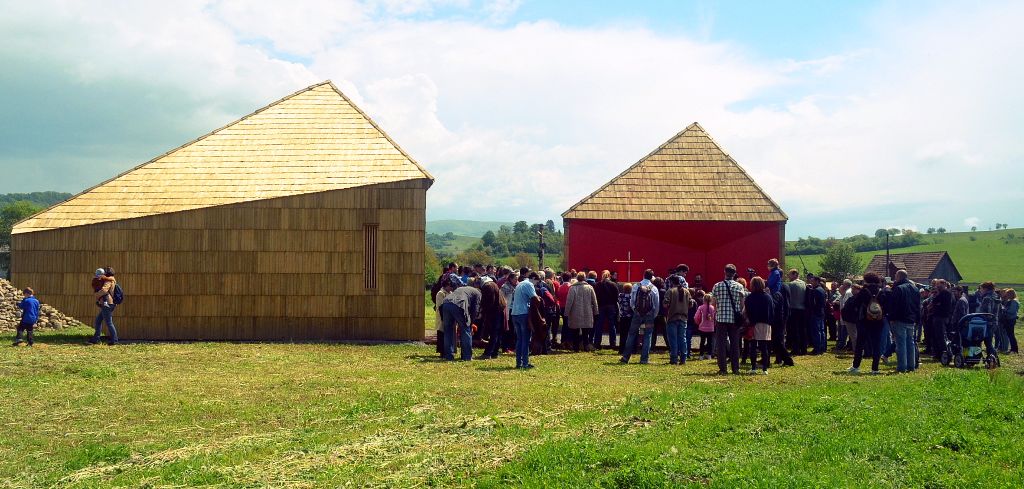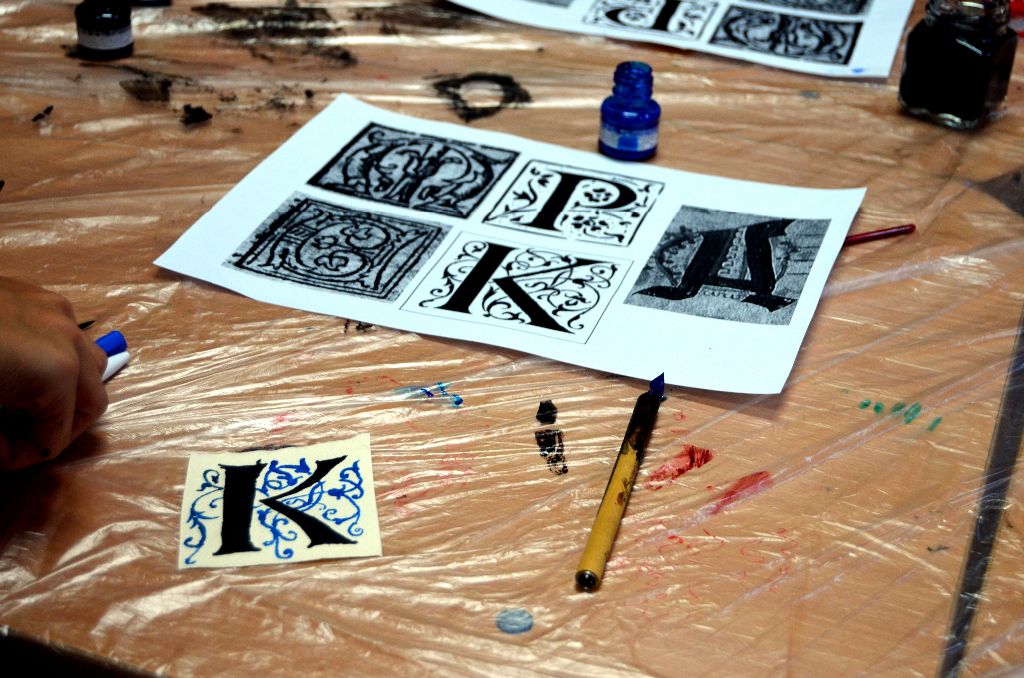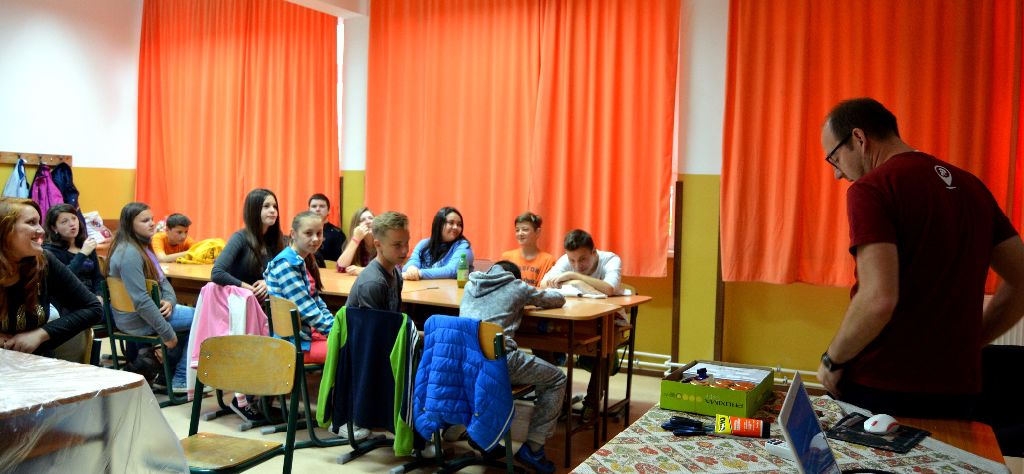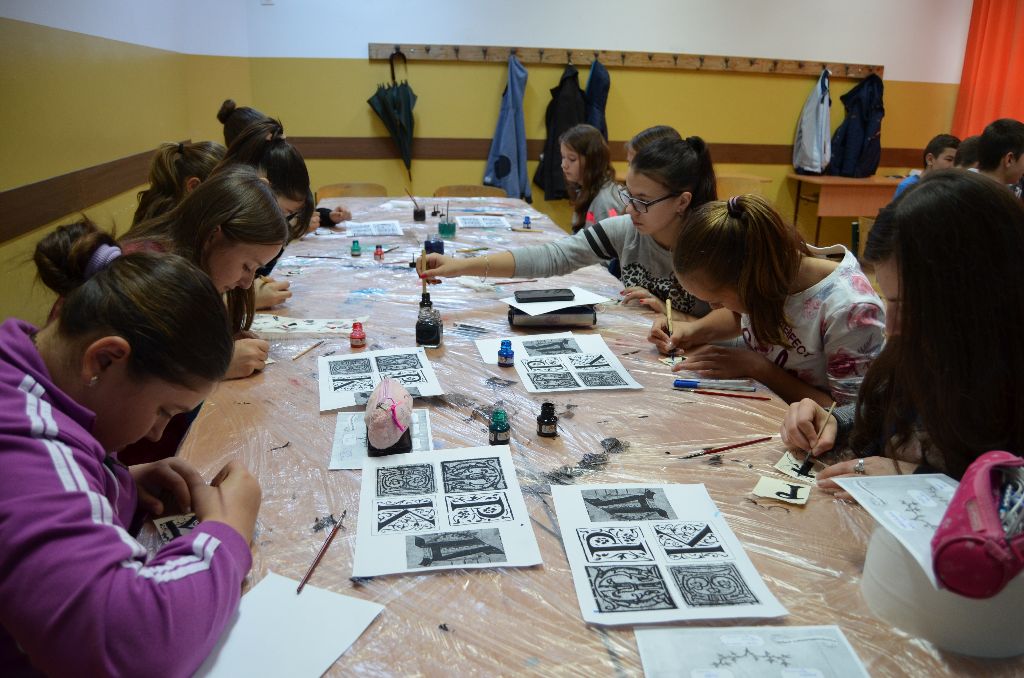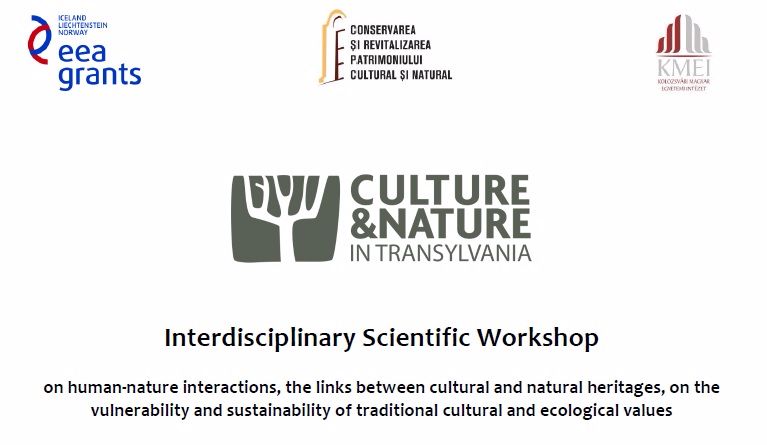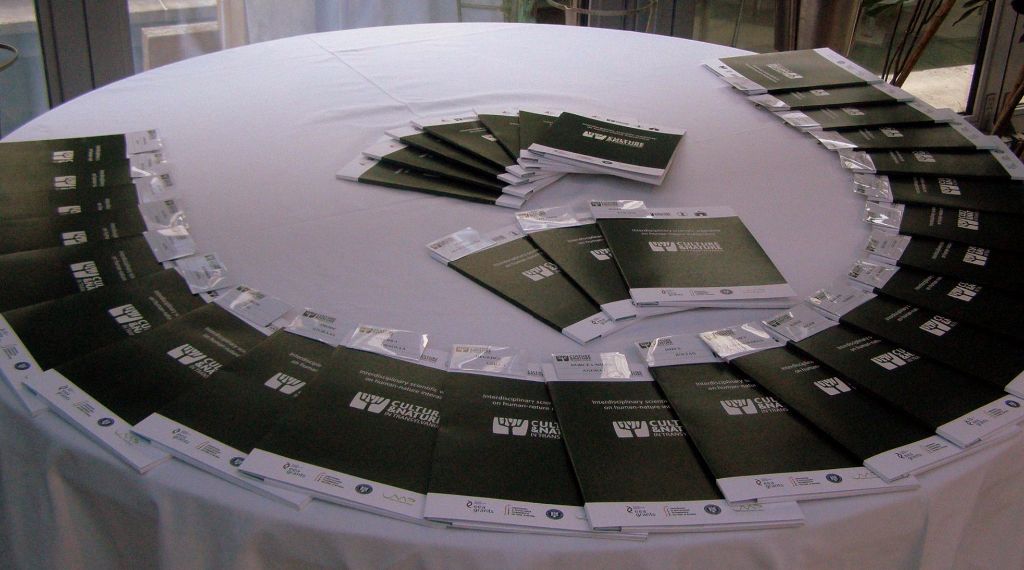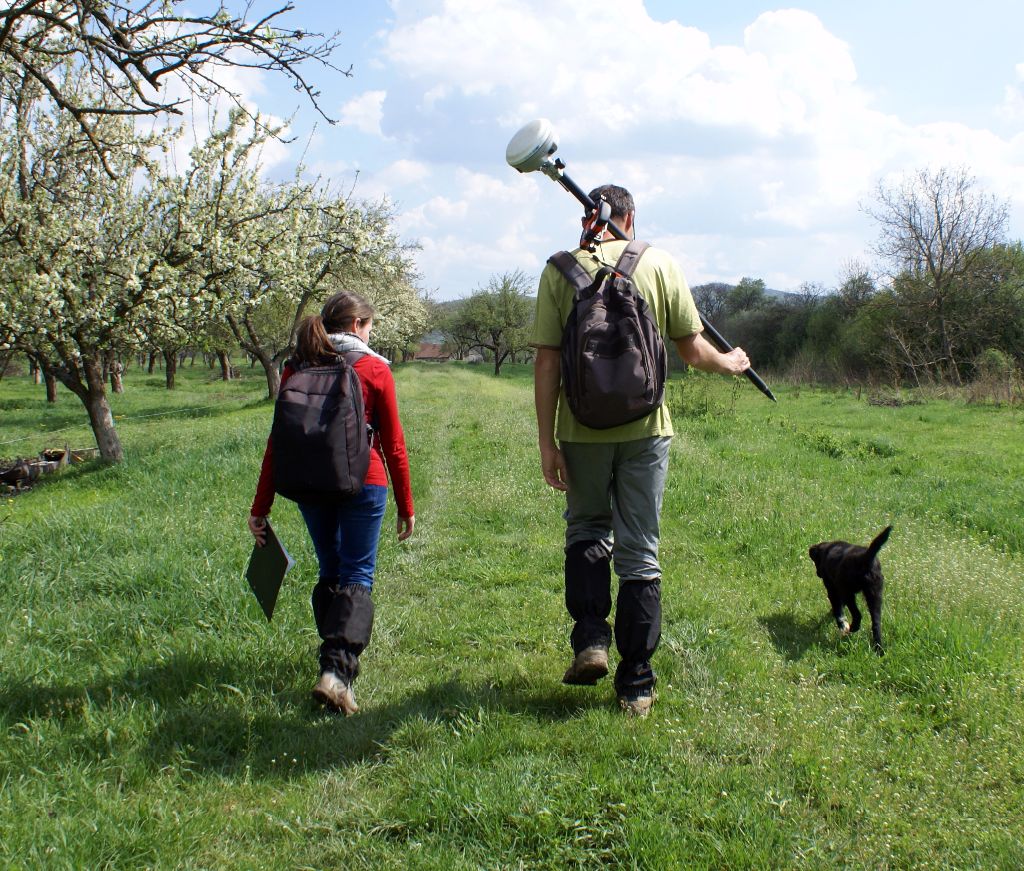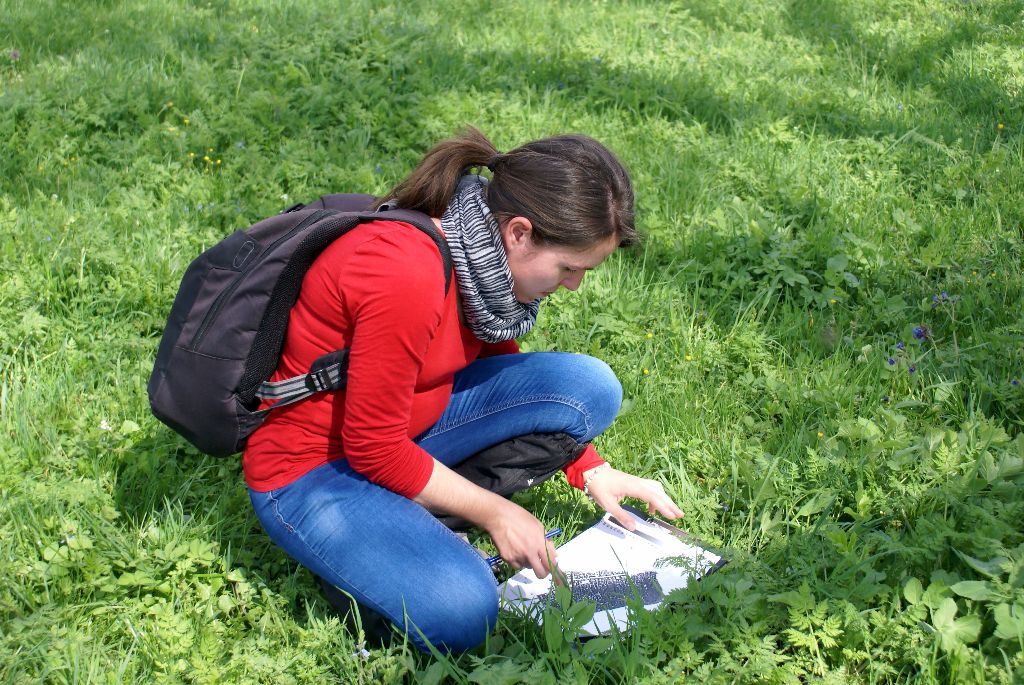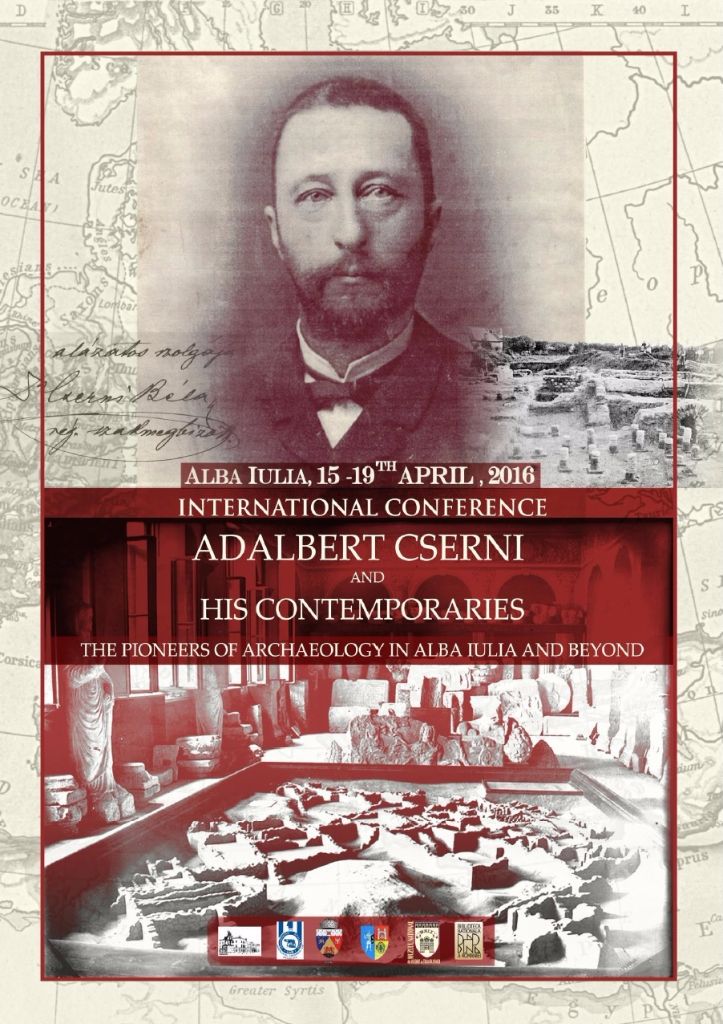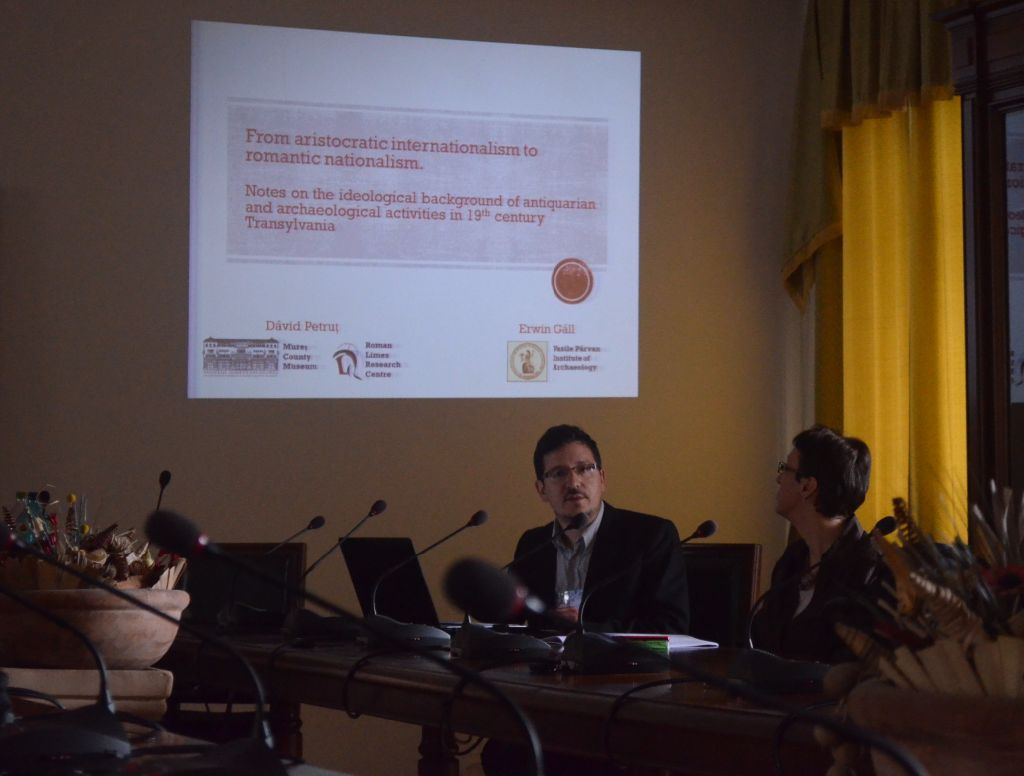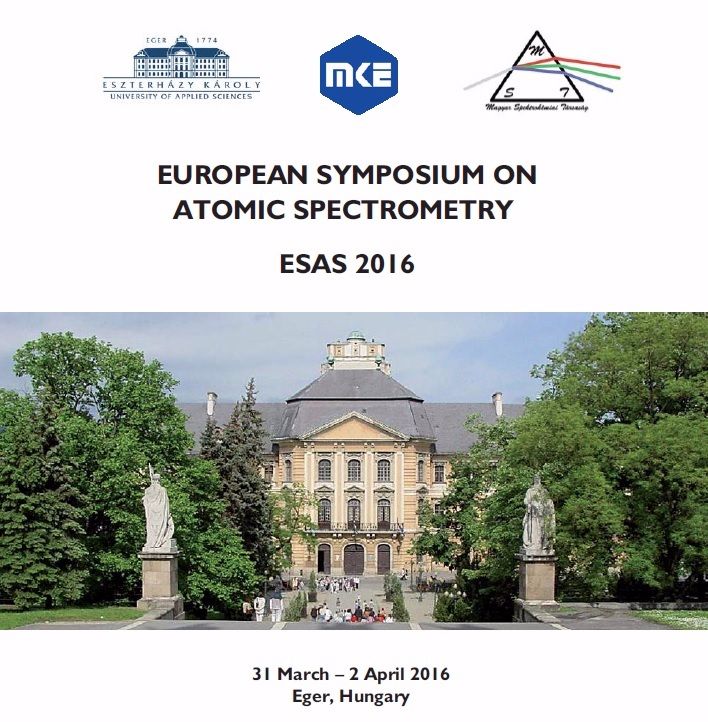A day with dr. Bones
The Long Night of Museums is getting closer with every day (and every night), so we’d just like to get your attention a bit on this new exhibition, which will be opened on Friday, the 20th of May 2016, at 2 PM in the exhibition hall of the Mureș County Museum from the Castle, and where many of our team-members are involved as well. This time the theme revolves around human bones and anthropology, the exhibition even having the title: ‘A day with dr. Bones’.
The exhibition presents the early history of physical anthropology in Europe, with special focus on the territory of Romania. The visitors will get a glimpse into the essential research methods of osteology and also into some of the more intriguing pathological cases, while getting to know the unbelievable abilities of the human skeletal system.
So see you there!








